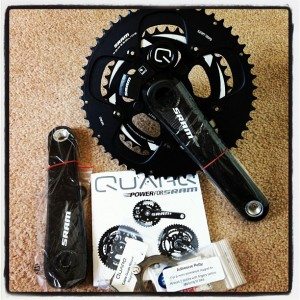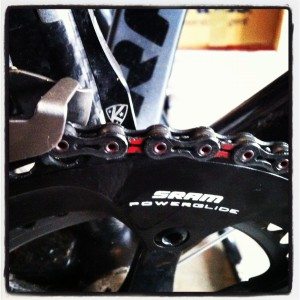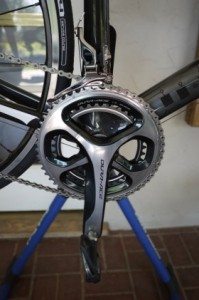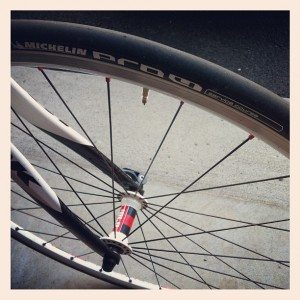SRAM Red Hydro Discs at CXLA
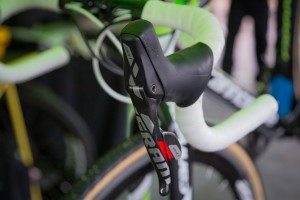 It looks like a spring release for the long awaited Red hydraulic system (which means they'll really see action in next year's cross season and possibly the few road disc frames out there.)
It looks like a spring release for the long awaited Red hydraulic system (which means they'll really see action in next year's cross season and possibly the few road disc frames out there.)
Now's your chance, disc brake fans.
Honestly, I see no value in discs on the road, and hardly any in ‘cross (except the obvious mud clearing ability) since traction will be far more of an issue in either case than stopping power, and modulation with today's calipers is already superb. The argument of lighter rims and less rotating mass falls on deaf ears as well: there still has to be sufficient material for a bead hook on the rim and with the carbon clincher craze, you're not going to lose much material from that bead hook.
In my opinion: a solution looking for a problem. But it's always nice to see nifty new things.

